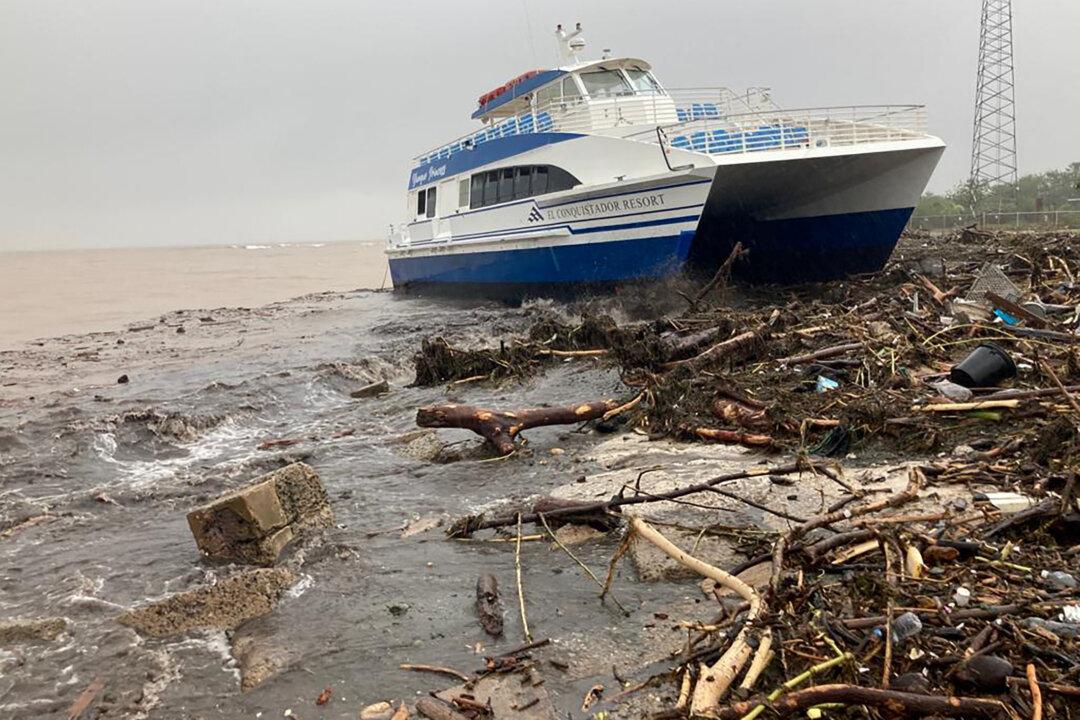SAN JUAN, Puerto Rico/SANTO DOMINGO, Dominican Republic—Hurricane Fiona bore down on Turks and Caicos Islands on Tuesday as a powerful Category 3 storm, slamming the Caribbean archipelago with heavy rains and life-threatening flooding after cutting a path of destruction through the Dominican Republic and Puerto Rico.
U.S. officials said on Tuesday the storm had claimed four lives in Puerto Rico. A fifth person was killed in Guadeloupe earlier in the week.





